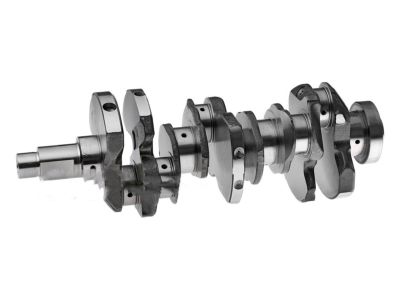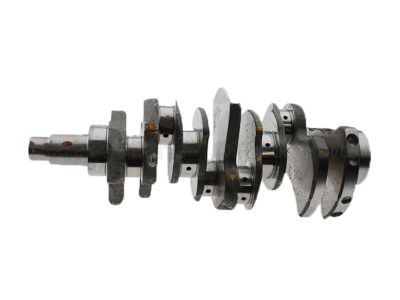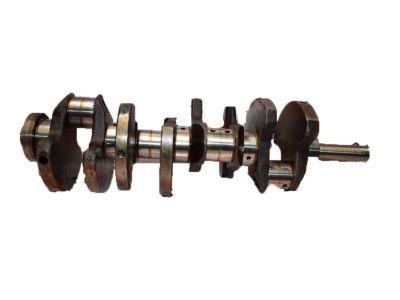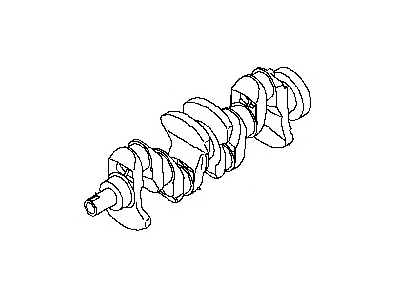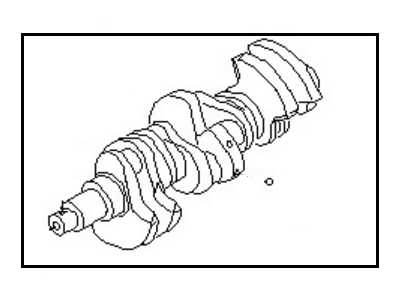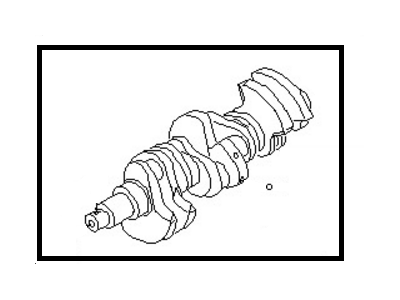×
- Hello
- Login or Register
- Quick Links
- Live Chat
- Track Order
- Parts Availability
- RMA
- Help Center
- Contact Us
- Shop for
- Nissan Parts
- Nissan Accessories

My Garage
My Account
Cart
Genuine Nissan Pathfinder Crankshaft
Crank Shaft- Select Vehicle by Model
- Select Vehicle by VIN
Select Vehicle by Model
orMake
Model
Year
Select Vehicle by VIN
For the most accurate results, select vehicle by your VIN (Vehicle Identification Number).
18 Crankshafts found

Nissan Pathfinder CRANKSHAFT Assembly
Part Number: 12200-EA200$1026.43 MSRP: $1449.77You Save: $423.34 (30%)Ships in 1-3 Business Days
Nissan Pathfinder CRANKSHAFT Assembly
Part Number: 12200-1LA0A$624.61 MSRP: $882.22You Save: $257.61 (30%)Ships in 1-3 Business DaysNissan Pathfinder CRANKSHAFT Assembly
Part Number: 12200-6KA0A$364.67 MSRP: $515.07You Save: $150.40 (30%)Ships in 1-3 Business DaysNissan Pathfinder CRANKSHAFT Assembly
Part Number: 12200-JA11B$408.01 MSRP: $576.28You Save: $168.27 (30%)Ships in 1-3 Business DaysNissan Pathfinder CRANKSHAFT Assembly
Part Number: 12200-JA10B$477.15 MSRP: $657.23You Save: $180.08 (28%)Ships in 1-2 Business DaysNissan Pathfinder CRANKSHAFT Assembly
Part Number: 12200-4W001$1092.14 MSRP: $1542.57You Save: $450.43 (30%)Ships in 1-3 Business DaysNissan Pathfinder CRANKSHAFT Assembly
Part Number: 12201-02P80$893.43 MSRP: $1164.83Limited AvailabilityYou Save: $271.40 (24%)Nissan Pathfinder CRANKSHAFT Assembly
Part Number: 12201-3KY0A$430.02 MSRP: $1449.22You Save: $1019.20 (71%)Ships in 1-2 Business DaysNissan Pathfinder CRANKSHAFT Assembly
Part Number: 12201-JA10B$408.01 MSRP: $576.28You Save: $168.27 (30%)Ships in 1-3 Business DaysNissan Pathfinder CRANKSHAFT Assembly
Part Number: 12201-9HP0A$1026.05 MSRP: $1449.22You Save: $423.17 (30%)
Nissan Pathfinder Crankshaft
If you need any OEM Nissan Pathfinder Crankshaft, feel free to choose them out of our huge selection of genuine Nissan Pathfinder Crankshaft. All our parts are offered at unbeatable prices and are supported by the manufacturer's warranty. In addition, we offer quick shipping to have your parts delivered to your door step in a matter of days.
Nissan Pathfinder Crankshaft Parts Questions & Experts Answers
- Q: How to inspect and prepare a crankshaft for reassembly on Nissan Pathfinder?A:Remove all burrs from the crankshaft oil holes with a stone, file or scraper. The oil holes should be chamfered so sharp edges don't gouge or scratch the new bearings. Clean the crankshaft with solvent and dry it with compressed air, if available. Be sure to clean the oil holes with a stiff brush and flush them with solvent. Check the main and connecting rod bearing journals for uneven wear, scoring, pits and cracks. Also, check the rest of the crankshaft for cracks and other damage. It should be magnafluxed to reveal hidden cracks - an automotive machine shop will handle the procedure. Using a micrometer, measure the diameter of the main and connecting rod journals and compare the results to the Specifications. By measuring the diameter at a number of points around each journal's circumference, you'll be able to determine whether or not the journal is out-of-round. Take the measurement at each end of the journal, near the crank throws, to determine if the journal is tapered. If the crankshaft journals are damaged, tapered, out-of-round or worn beyond the limits, have the crankshaft reground by an automotive machine shop. Be sure to use the correct size bearing inserts if the crankshaft is reconditioned. Check the oil seal journals at each end of the crankshaft for wear and damage. If the seal has worn a groove in the journal, or if it's nicked or scratched, the new seal may leak when the engine is reassembled. In some cases, an automotive machine shop may be able to repair the journal by pressing on a thin sleeve. If repair isn't feasible, a new or different crankshaft should be installed. Examine the main and rod bearing inserts.
Related Nissan Pathfinder Parts
Browse by Year
2022 Crankshaft 2020 Crankshaft 2019 Crankshaft 2018 Crankshaft 2017 Crankshaft 2016 Crankshaft 2015 Crankshaft 2014 Crankshaft 2013 Crankshaft 2012 Crankshaft 2011 Crankshaft 2010 Crankshaft 2009 Crankshaft 2008 Crankshaft 2007 Crankshaft 2006 Crankshaft 2005 Crankshaft 2004 Crankshaft 2003 Crankshaft 2002 Crankshaft 2001 Crankshaft 2000 Crankshaft 1999 Crankshaft 1998 Crankshaft 1997 Crankshaft 1996 Crankshaft 1995 Crankshaft 1994 Crankshaft 1993 Crankshaft 1992 Crankshaft 1991 Crankshaft 1990 Crankshaft 1989 Crankshaft 1988 Crankshaft 1987 Crankshaft
